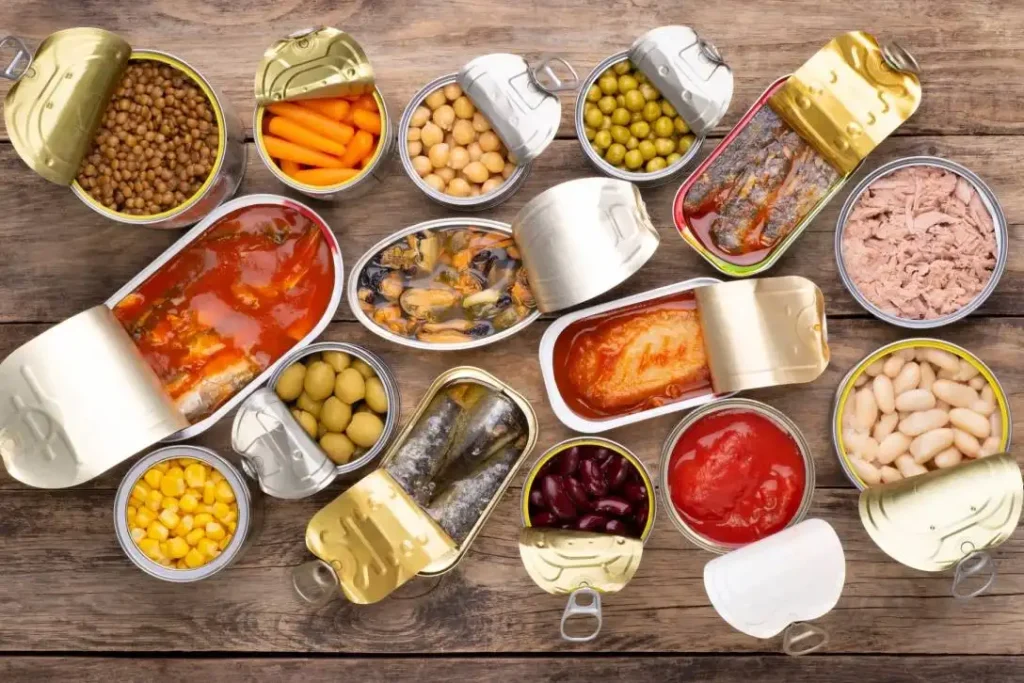
Introduction:
The term “Commercial Sterilization” refers to a process that ensures food products are free from microorganisms capable of growing under normal, non-refrigerated storage conditions. In-container sterilization is a method in which commercial sterility is achieved and it is critical to food safety and product quality. The U.S. Department of Health and Human Services, through agencies such as the U.S. Food and Drug Administration (USFDA) and the U.S. Department of Agriculture (USDA), regulates food products. The FDA defines critical factors as those process and product related parameters influencing the sterilization process and the attainment of commercial sterility. These factors encompass container, product, and processing characteristics and parameters. This article will examine key FDA-defined critical factors and their importance in ensuring food safety during in-container sterilization, as outlined in 21 CFR Part 113.
Process Qualification and Temperature Distribution Studies:
Qualification of a retort machine mandates a temperature distribution study. This study identifies the slowest heating zones within a retort load, thereby determining the efficacy of temperature uniformity across the container. In saturated steam retorts, effective temperature distribution requires complete air removal through venting procedure. Alternative process methods, such as water spray, water immersion or water cascade mandate close monitoring of water circulation to ensure uniform heating. In steam-air retorts, maintaining consistent forced convection is absolutely paramount for achieving effective and uniform heat penetration throughout the entire batch of food products. Here the ventilation fan helps in uniform steam distribution throughout the machine. Agitated retorts require precise monitoring of operational parameters, including RPM, tilt angle, and frequency, to ensure reliable thermal processing.
Maintaining Container Integrity:
The hermetic seal acts as the ultimate guardian of sterility and quality for in-container sterilized foods. Its integrity is non-negotiable for consumer safety and the long-term viability of processed food products. This is particularly challenging with fragile or semi-rigid containers such as pouches and polymeric bowls, which are susceptible to pressure fluctuations and differential stresses during thermal processing. Overpressure processing methods are implemented to protect the hermetic seal of container and to prevent deformation. Continuous pressure monitoring and recording are essential process parameters.
Product Formulation and Hermetic Sealing :
Product formulation and container filling and sealing conditions are critical parameters. Variations from the established process formulation, including headspace, viscosity, fill weight, or particulate size, can affect thermal process efficacy. Ingredient selection, such as specific starches or gums, may result in uneven heating, altering the product’s response to agitation. Therefore, precise monitoring and documentation of product formulation and filling/sealing conditions are mandatory.
Process Documentation:
Modern retort control systems offer a significant improvement over traditional paper chart recorders and handwritten logs for thermal process tracking. All the latest retorts are equipped with electronic data recorders which are computerized. These systems comprehensively record critical retort functions, such as water flow, agitation, valve operation, fan speed, water level and pump motor status. Regular calibration against accredited reference instruments is essential to maintain the accuracy of these instruments.
Post Process Parameters:
Post-processing factors and operator training are critical to success of thermal process. Downstream material handling, storage, and distribution chain integrity directly impact container condition and product quality, preventing damage and spoilage. Operator training and periodic equipment maintenance are essential for minimizing issues and avoiding product recalls or holds. Food safety regulations have significantly evolved to meet heightened consumer awareness and demand for transparency. 21 CFR Part 113 from the USFDA exemplifies this evolution, providing a comprehensive framework for in-container sterilization. This regulatory guidance ensures product safety, protects brand reputation, and maintains consumer trust.
Importance of Regular Monitoring:
Technological advancements have significantly transformed in-container sterilization. Automated retort control systems provide real-time monitoring and data logging of critical process parameters, enhancing process control and offering valuable data for analysis and continuous improvement. Precise monitoring of parameters, from temperature to pressure, ensures compliance with FDA regulations. Strict adherence to critical parameters during in-container sterilization offers numerous benefits. Primarily, it safeguards consumer health and safety by minimizing contamination and foodborne illness risks. This also reduces the potential for costly product recalls. Furthermore, consistent adherence to these parameters ensures product quality, extends shelf life, and improves overall consumer satisfaction.
Conclusion:
In-container sterilization is a highly intricate process that demands rigorous adherence to FDA guidelines to ensure food safety and quality. Successful sterilization depends on precise temperature control, container integrity, product formulation, and comprehensive record-keeping to ensure the safety and quality of commercially sterilized low-acid foods. Advanced monitoring technologies and rigorous operator training mitigate risks, minimizing the potential for foodborne illness and bolstering consumer confidence. Strict adherence to these guidelines is crucial for producing safe food products and for building a more secure and sustainable food supply chain.
At TST, we offer advanced process authority and validation services in support of thermally processed shelf-stable food products. Our teams are industry experts and come well-equipped with industry-leading thermal validation equipment